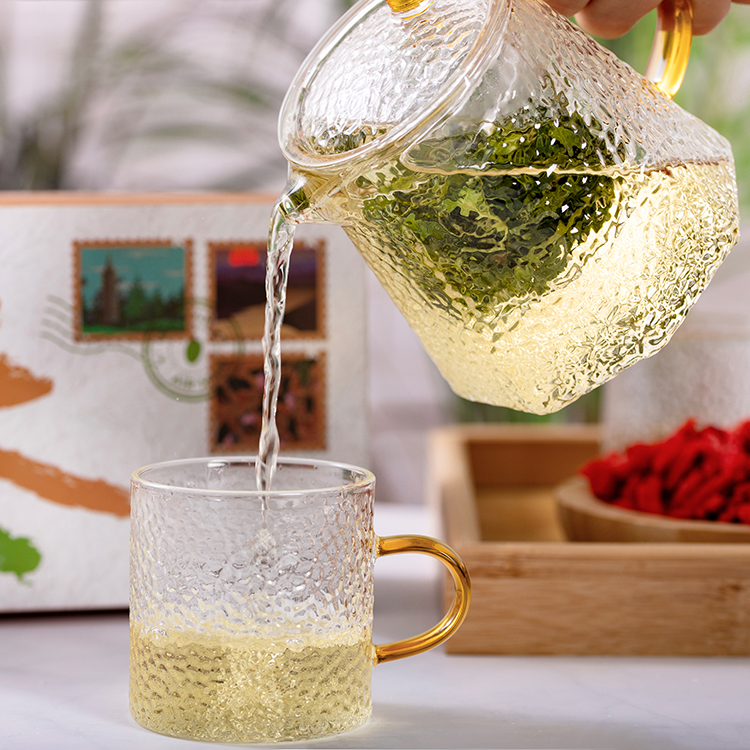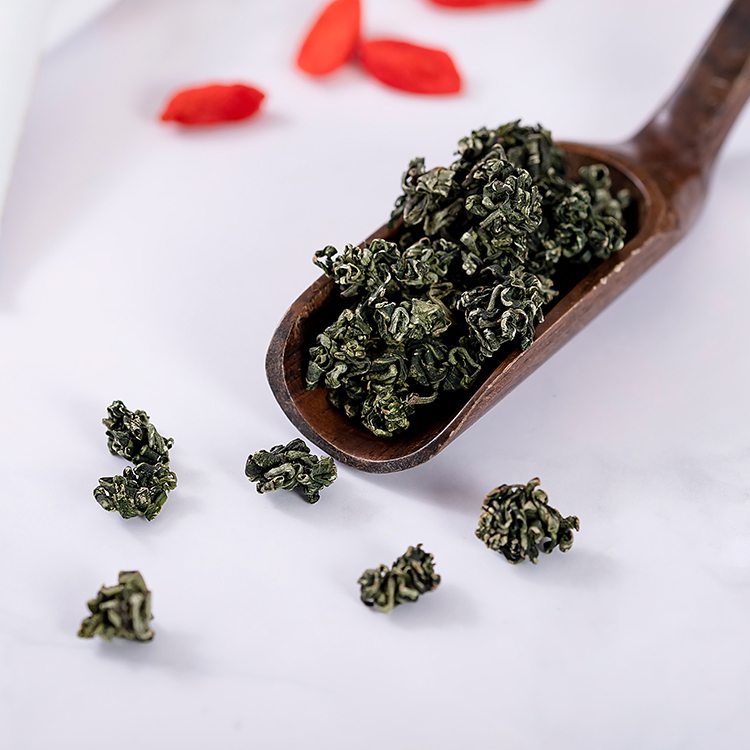At present, we are about to enter the sowing period of spring corn, and we should do a good job of transplanting seedlings in production to promote the early and stable growth of corn and achieve high and stable yields. The varieties used for harvesting tender corn sticks should be selected from the varieties of Jiangnan calyx and Suyujing which are of good quality; and the varieties with high yields such as Zhengyu 5 should be selected for the harvest of maize kernels. Fertilizer seedbeds are transplanted with nutritious seedlings and seedlings. For each mu of field, there is a seedbed with a width of 1.5 meters and a length of 20 meters. After applying 250 kg of organic manure, 2.5 kg of compound fertilizer and 2.5 kg of urea in the bed, turn it over. Make oysters and cover the shed in time. Using plastic tray seedlings for transplanting seedlings, the seedbeds with a width of 1.5 meters and a length of 2.2 meters are provided for each mu of field, and 561 holes of rice smashing trays are provided. After the planting, the field was timely fertilized and soil preparation was completed. A 65-80 cm wide mulch film was placed on the transplanting line to ensure timely transplanting. At present, more rain, it is advisable to vigorously promote the application of plate-fed milk-seedling mulching methods to resist natural disasters. Seed treatment Seedling transplanting per acre field seed amount of 1.5 kg, the amount of seed used for live broadcast 2.5 to 3 kg. Before sowing, select sunny days for 2 to 3 days to enhance seed activity and increase germination rate. Grade sowing to increase the rate of emergence and uniformity. The timely sowing of spring corn planting due to different sowing methods vary. In Puyang, the seedlings were transplanted and used for transplanting. The suitable sowing date was March 15-20, the seedling age was 15 days, the transplanting leafage was 1 leaf 1 heart to 2 leaf leafage before; the transplanted seedlings were transplanted and the appropriate seeding period was March 20-25, seedling age 30 days, transplanting leaf age 3 leaf 1 heart period; live corn is generally sown at the end of March and early April, using open shallow trench on demand. The green corn sticks can be sowed in batches, and the sowing interval is 10-15 days to extend the time to market. Shizuo basal fertilizer usually applies 1250 kg of organic fertilizer, 25 kg of ternary compound fertilizer, and 25 kg of ammonium bicarbonate per acre 10 days before transplanting. Mastering the density of spring corn is suitable for intercropping, and the density of transplanting between plots is different. In multi-cooking, such as watermelon intercropping corn, two rows of corn should be planted on both sides of the trench, with a plant spacing of 23 cm and about 1,500 plants per acre. For other intercropping maize plants, a small row spacing of 50 cm and a large row spacing of 67 cm should be maintained. Plant spacing 17 to 20 cm, planted around 5000 per acre. The transplanted corn was planted in open space, and the width was 2.3 meters wide. The width of the groove was 27 centimeters. Each row was planted with 4 rows. The plant spacing was 23 centimeters and about 5000 plants were planted per acre. Control pests Pests on early spring corn are mainly ground tigers and aphids. Prevention of tigers in the field can be used at the corn seedling bait (with 90% crystal trichlorfon 0.5 kg water 2.5 to 5 kg sprayed on 50 kg of fried rapeseed cake or cottonseed cake) hunted bait, depending on the number of baits; You can use 48% chlorpyrifos EC 100 ml water 50 kg per mu spray or splash on the ground. Control of aphids can be used imidacloprid plus water spray.
What are the health functions of wolfberry bud tea?
1) Antioxidant activity
Animal experiments show that wolfberry bud tea can improve the learning and memory ability of mice, enhance endurance and significantly increase the body's antioxidant capacity.
2) Antihypertensive and hypolipidemic activity
Clinical studies have shown that patients with hyperlipidemia after drinking wolfberry bud tea (three times a day, each time taking 2g bud tea and brewing with 600mL water) for 4 months, the serum total cholesterol level, triglyceride level, MDA level and low density lipoprotein level decreased , Indicating that wolfberry bud tea has the effect of regulating blood lipids and enhancing the body's antioxidant capacity.
3) Protective effect of skin light damage
The total flavonoids in wolfberry leaves regulate the activities of catalase, glutathione peroxidase, and SOD in the skin tissues of the body to effectively remove excess free radicals generated in the skin tissues, thereby enhancing the skin tissues` UV radiation Resistance.
4) Liver protection
Animal experiments show that wolfberry leaves have a certain preventive and protective effect on alcoholic fatty liver.
What are the nutritional value of wolfberry bud tea?
The content of biologically active ingredients in the buds and leaves of wolfberry is more consistent with that of wolfberry fruits, and the content of certain biologically active substances (polyphenols) is even higher than that of wolfberry fruits, which has high health benefits and nutritional value.
1) Polyphenols, flavonoids, carbohydrates, etc.
The content of polyphenols in wolfberry bud tea is 6.32%, flavonoids 1.88%, total sugars 4.59%, and protein 1.53%. The amino acid content is 1.89%, which is relatively abundant. The content of fructose in wolfberry bud tea tea soup was 31.44 mg/g, and the content of sucrose was 10.99 mg/g. No glucose was detected. Polyphenols are one of the most important active substances in wolfberry bud tea. The main polyphenols in wolfberry bud tea are chlorogenic acid, neochlorogenic acid and rutin. The inhibitory effects of wolfberry bud tea and various extracts are stronger than that of the positive control commercially available acarbose.
2) Protein
Wolfberry leaves contain almost the same amount of protein as meat, which is a good source of protein, and wolfberry leaves do not contain cholesterol in meat foods that can easily cause cardiovascular and cerebrovascular diseases, so it has good edible and medicinal value. Lycium barbarum leaves contain 19 kinds of amino acids, the total amount can reach nearly 9.05%, including all essential amino acids. The free amino acids in wolfberry leaves are easily digested and absorbed by the human body.
3) Minerals
Lycium barbarum leaves are rich in trace elements that are closely related to human health. Mineral elements such as zinc, iron, copper, magnesium, calcium, potassium and other elements are rich in content, which provides a certain anti-aging and prevention and treatment of coronary heart disease for wolfberry leaves. Calcium is one of the most important trace elements in the human body. Calcium is closely related to human osteoporosis, diabetes, hypertension and other diseases. Research results show that the calcium content in wolfberry leaves is as high as 59mg/g, which is 52 times that of wolfberry and about 10 times that of green tea. At the same time, the elements of Fe, P, Na, Mg in wolfberry leaves are also higher than that in wolfberry leaves.
4) Vitamins
Vitamins are important biologically active substances in wolfberry leaves, and the contents of ascorbic acid, niacin, thiamine, and riboflavin are higher than those of wolfberry fruits and vegetables such as tomatoes, cucumbers, and Chinese cabbage. The content of niacin in wolfberry leaves is outstanding. Niacin is the most demanded B vitamin in the human body. The content of niacin in wolfberry leaves is 0.1592mg/g, which is more than 20 times that of ordinary vegetables. Thiamin is usually involved in the catabolism of carbohydrates in the form of coenzymes in the body, and plays the role of promoting intestinal peristalsis, increasing appetite, and protecting nerves in the body. According to research, the content of thiamine in wolfberry leaves is extremely rich. The content is as high as 0.00242mg/g, which is about 10 times that of cabbage. Vitamin C plays an irreplaceable role in the metabolism of the human body. It has important functions such as anti-cancer, enhancing human resistance, protecting the liver, and detoxifying. Studies have determined that the content of vitamin C in wolfberry leaves reaches 0.3 mg/g, which is about that of wolfberry. 1.7 times, much higher than cucumbers, cabbage, tomatoes and other vegetables. Fatty substances are also an important part of the chemical composition of wolfberry. Studies have shown that the crude fat content in fresh wolfberry fruits can reach 12%, of which the content of unsaturated fatty acids reaches 61.8%.
goji berry bud tea,wolfberry bud tea,goji bud tea Ningxia Red Power Goji Co., Ltd. , https://www.redpowergoji.com
